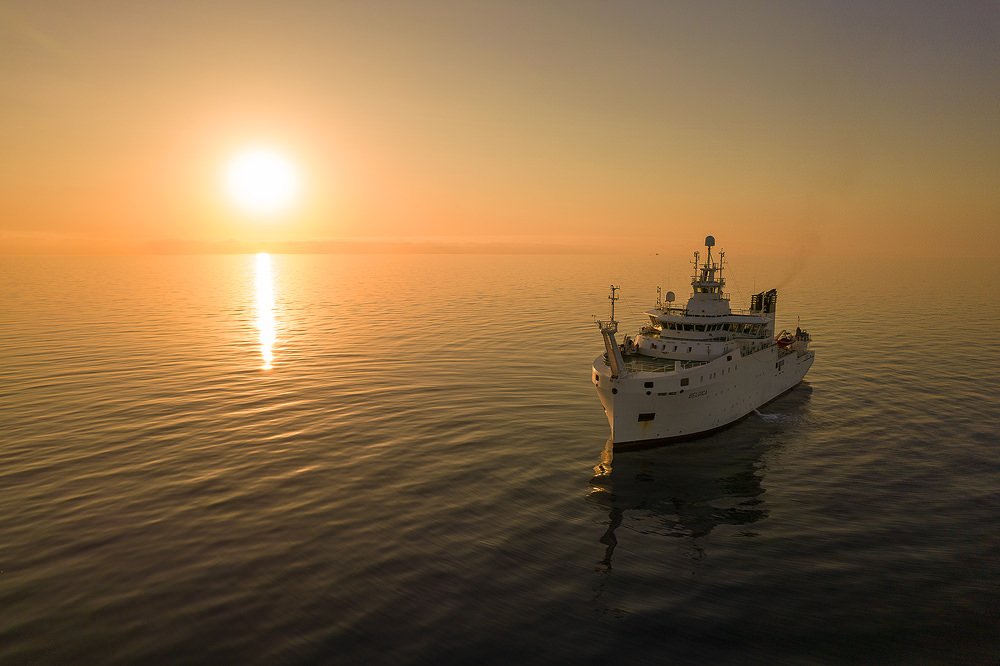LIMITED EDITION PRINTS – PROJECTS OVERVIEW
Each project highlights key global challenges — including climate change, biodiversity loss, marine and polar research, and the complex relationship between humans and nature.
With a universal message and scientific evidence at their core, these projects aim to inspire awareness and action by bridging art, science, and environmental responsibility. From documenting remote polar regions and indigenous knowledge to highlighting vulnerable ecosystems and rising sea levels, Christian’s work is a call to protect our planet for future generations.
All photographs featured here are available as limited edition fine art prints. You can discover more under BOOKS & PRINTS → LIMITED EDITION PRINTS.
STAY CONNECTED – FOLLOW THE JOURNEY








